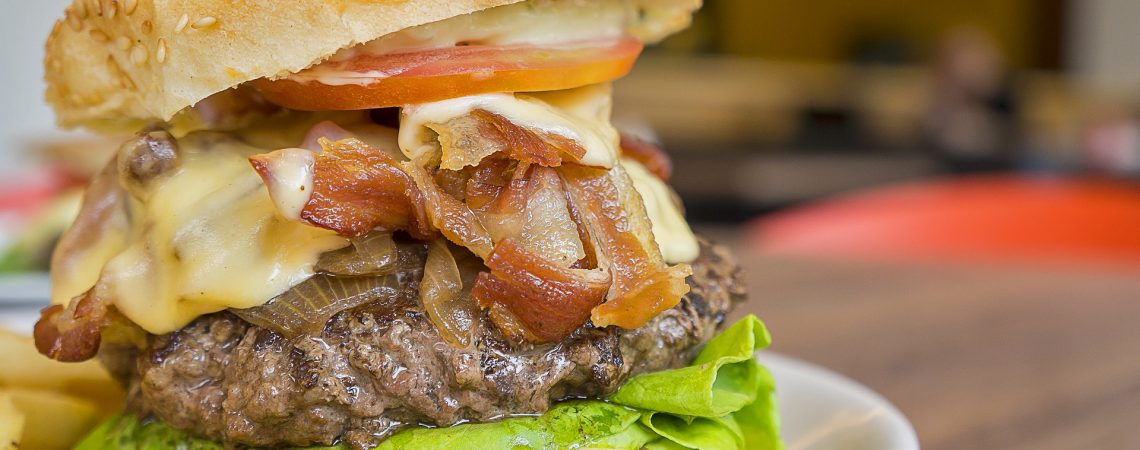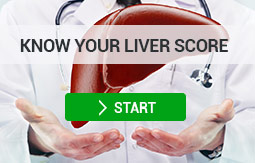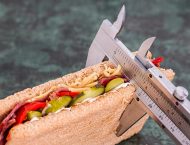Knowing how to prevent NAFLD (non-alcoholic fatty liver disease) and how to recognize symptoms early on can help reverse the liver disease in its early stages or prevent further damage in its later stages. Read our article to learn about NAFLD and how you can protect yourself.
What’s in this article?
- What is NAFLD?
- Causes
- Prevention
- Symptoms
- Consequences
- Diagnosis
- Treatment
What is NAFLD?
NAFLD stands for non-alcoholic fatty liver disease. There are two main types of fatty liver disease: alcoholic liver disease (ALD), which results from alcohol, and non-alcoholic liver disease (NAFLD), which results from non-alcohol related causes. Up to 1 in 4 people in the U.S. have NAFLD.
Causes of NAFLD
NAFLD results from the accumulation of fat in liver cells. While it is normal for liver cells to contain fat, NAFLD occurs when fat concentration exceeds 5-10% (depending on the individual) of the liver’s weight. Excess fat in the liver can cause inflammation, which can progress to permanent liver damage. The liver is the most important internal organ and performs over 500 vital tasks and functions.
People are more likely to develop NAFLD if they are overweight, obese or malnourished, have poor eating habits, diabetes, high cholesterol, high triglycerides (a type of fat found in your blood), or hepatitis, as well if they experience rapid weight loss. However, it is possible to develop NAFLD without having the above risk factors. To find out how healthy your lifestyle is for your liver, you can answer 12 simple multiple-choice questions to get your Liver Score results.
Prevention
You can take precautions to prevent the development of NAFLD, such as losing weight if you are overweight or obese, increasing physical activity in moderation, avoiding alcohol and unnecessary medications, and eating a liver healthy diet. Liver healthy foods include: green leafy vegetables, beans, lentils, chicken, carrots, beets, apples, grapefruit and olive oil. Limit, and if possible, avoid red meat, uncooked shellfish, white bread and pasta, canned soup and dairy.
Symptoms
Individuals who have NAFLD often experience no symptoms. However, when they do, symptoms include:
- fever, fatigue
- weakness
- confusion
- loss of appetite
- unexplained weight loss or weight gain
- itchy skin
- jaundice (yellowing of the skin and whites of the eyes)
- nausea or vomiting
- dark urine
- pale stool
- pain in the upper right abdomen
- patchy skin discoloration on the neck and underarm
- ascites (the accumulation of fluid in the abdomen)
- edema (fluid accumulation in the legs)
- spider angiomas (an abnormal collection of blood vessels near the skin’s surface).
If you experience the above symptoms, speak with your physician as soon as possible.
Consequences
Although NAFLD is a non-life-threatening condition, it can progress to more serious conditions like NASH (nonalcoholic steatohepatitis and the most serious type of NAFLD), liver cirrhosis (permanent scarring of the liver), liver cancer and liver failure. When the liver shuts down, so do other vital organs.
Diagnosis
A blood test to assess if the level of liver enzymes is high can help diagnose NAFLD. Additional tests may proceed to eliminate other liver diseases. An ultrasound or CT scan, non-invasive imaging techniques, can often confirm diagnosis for NAFLD. However, the most reliable method for diagnosis is a liver biopsy, an invasive procedure where a sample of liver tissue is removed for examination.
Treatment
Although there are no medical treatments yet for NAFLD, losing weight if you are obese or overweight, lowering your cholesterol and triglycerides, avoiding alcohol, managing diabetes, and speaking with a liver specialist about your liver health can help reverse NAFLD in its early stages or prevent further damage of the liver disease in its later stages.
Find out about the vitamins and minerals that make up an Amsety Bar!
References
www.amsety.com/liver-diseases/
www.liverdirectory.com
www.niddk.nih.gov
www.liverfoundation.org
www.patients.gi.org
www.webmd.com

 (442) 244-5115
(442) 244-5115














